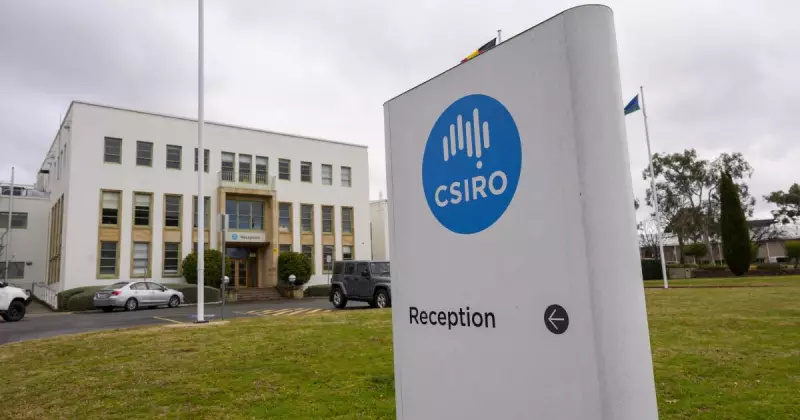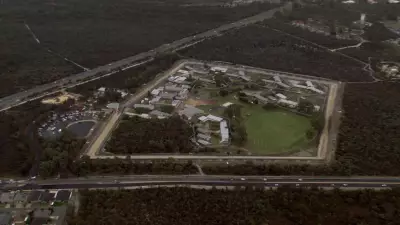
Australia's premier scientific research organisation has confirmed plans to eliminate hundreds of positions in its second major round of staff reductions within two years, raising concerns about the future of publicly-funded science in the country.
Wave of Job Cuts Continues
The Commonwealth Scientific and Industrial Research Organisation (CSIRO) announced on Tuesday it would axe up to 350 jobs, with positions in the Australian Capital Territory particularly at risk. This confirmation comes after the agency previously flagged additional workforce reductions in October.
A CSIRO spokesperson described the cuts as part of a broader strategy aimed at creating a sustainable and enduring national science agency. The latest reductions follow more than 400 positions eliminated last year in an effort to control research costs and achieve savings of up to $120 million.
Significant Research Areas Affected
The organisation's recent restructuring has already impacted several critical research divisions. CSIRO's data science branch Data61 lost 120 research positions, while more than 80 jobs were cut from agriculture research and biosecurity programs.
During Senate estimates last month, CSIRO management revealed that a total of 818 positions had been cut across the organisation over the past two years, indicating a substantial reshaping of Australia's national science capability.
Union and Government Response
The public sector union has responded strongly to the announcement, writing to Science Minister Tim Ayres to demand urgent government funding to suspend the cuts. The CSIRO Staff Association Section Secretary described the situation as some of the worst cuts the organisation has ever experienced.
"This is a very sad day for publicly funded science in this country, and the Albanese government is just sitting back and watching it happen," the union representative stated.
The continuing job losses at Australia's peak scientific research body raise significant questions about the nation's commitment to scientific innovation and the security of research positions in the public sector.





